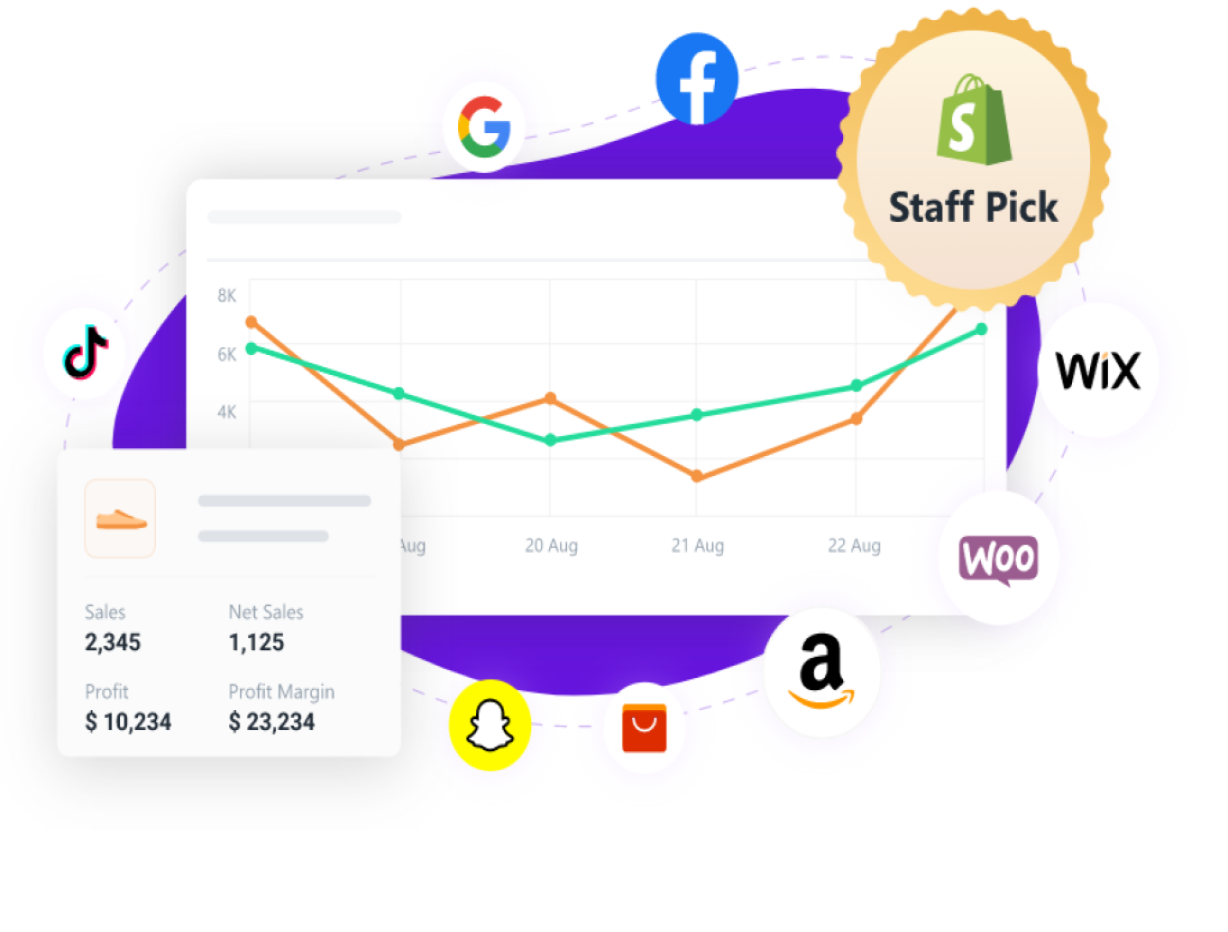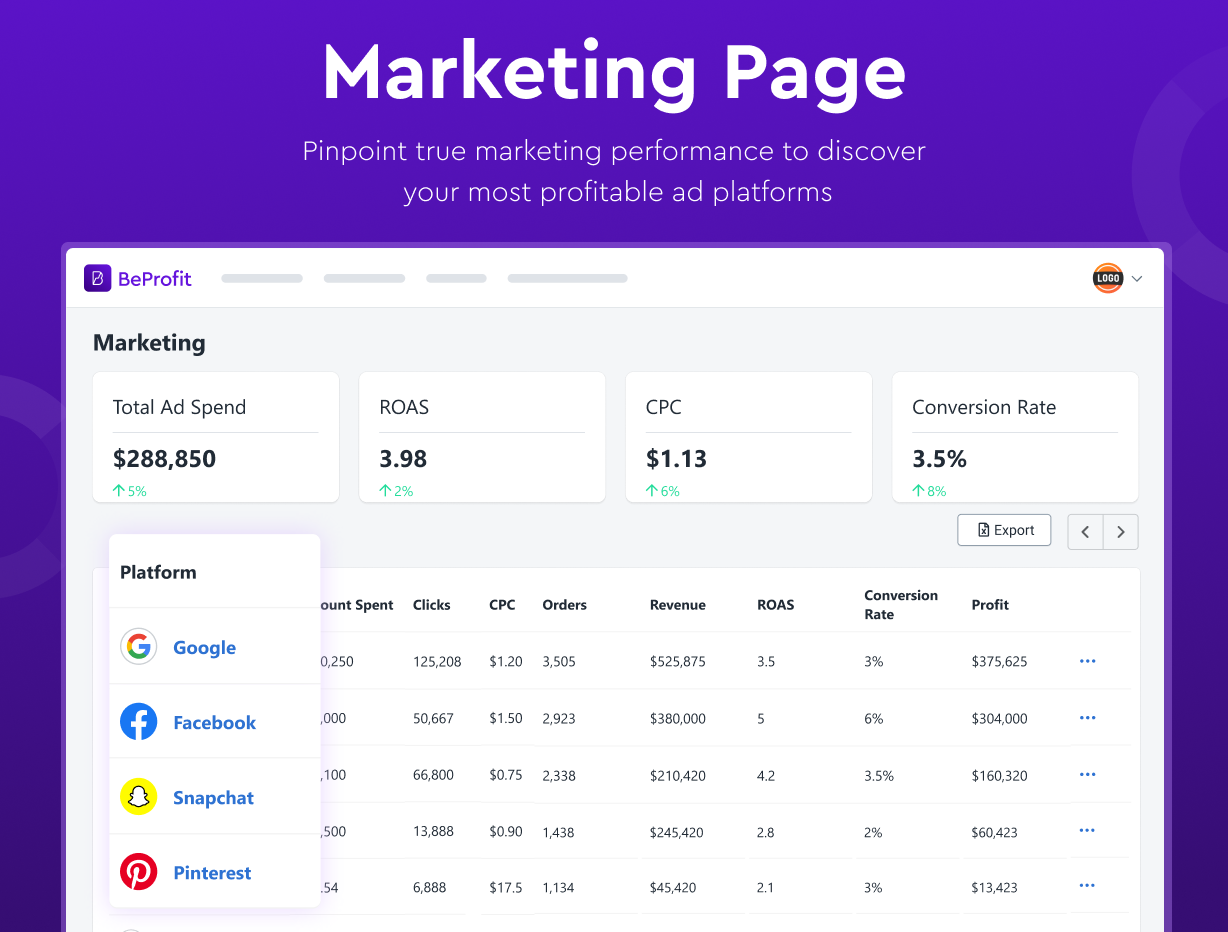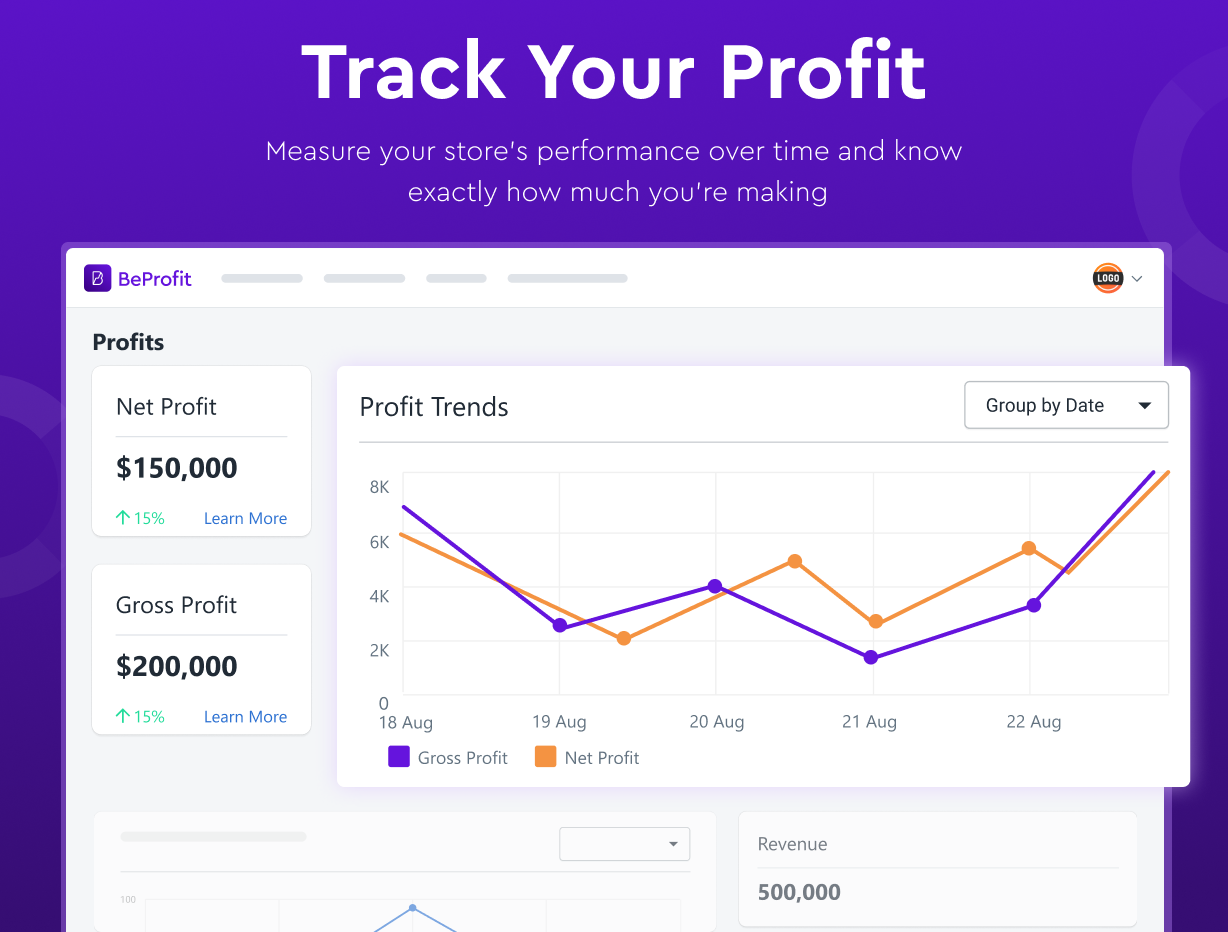E-Commerce vs. Digital Marketing: What Is the Difference?
Updated January 25, 2023

Despite the fact that digital marketing is an essential component of e-commerce, the two are, by definition, distinct. Although they are so intertwined, it is difficult to determine where one ends and the other begins. But first, let’s get an overview of the most important factors that distinguish e-commerce from digital marketing.
E-Commerce vs. Digital Marketing Overview
E-Commerce
- A digital store for purchasing products or services.
- There are different types of e-commerce available.
- All the transactions take place online between the consumer and the supplier.
Digital Marketing
- Utilizes technology to interact with and reach consumers.
- Used to market products and services to customers.
- Helps increase sales by directing more traffic to where it is needed.
E-commerce refers to an online store where products and services can be purchased, whereas digital marketing is the method used to drive the necessary traffic to these stores in order to increase sales. Now that you have a general understanding of the two terms, let's examine the most crucial details you should know about each.
Stay Ahead of Your Profits
It is no longer necessary to manually calculate your profits from multiple sources. The BeProfit analysis dashboard is here to simplify your life.




The BeProfit analysis dashboard simplifies and streamlines your ability to monitor your profit by analyzing and automating the process.
How BeProfit Analysis Dashboard simplifies tracking profits:
- Performs analyses so you always know your precise profit.
- It is compatible with your desktop and mobile device.
- Keep track of multiple sources of income.
- Integrates your storefronts into a single management system.
What Is E-Commerce?
E-Commerce is an industry with a large and expanding online market that has altered how businesses and consumers conduct transactions. Consumers are no longer required to go to the mall or a physical store to purchase the desired products. Instead, they can simply purchase the items online from the comfort of their own homes. The convenience factor cannot be overstated, and it has helped to drive the e-commerce industry to new heights.
What Are the Three Types of E-Commerce?
There are many different types of e-commerce, but the three main types are:
- Business-to-Business (B2B) The exchange of one business’s products or services for another business’s products or services.
- Business-to-Consumer (B2C) The sale of a business’s products or services to a consumer.
- Consumer-to-Consumer (C2C) The exchange of one consumer’s products or services for another consumer’s products or services.
Benefits of E-Commerce
There are a number of distinct advantages of e-commerce for both the seller and the buyer. These include:
Buyer
- Accessibility: The product is accessible 24 hours a day, seven days a week.
- Flexibility: Products are available for purchase from anywhere in the world.
- Choice: Have access to an extensive selection of products.
- Assurance: Able to conduct product research at their leisure.
- Quicker buying process: Save time and effort searching for what they need while shopping online.
Seller
- Low cost: Establish an internet-based business that can be operated from any location.
- Little to no overheads: No need to pay for inventory, as it will be shipped as orders are received.
- No overstocks: Pay only for the products that are sold.
- Faster response to the market: Easily keep up with trends and modify products and services.
- Cost-efficient promotion: Social media allows free audience targeting. Cheaper advertising.
What Is Digital Marketing?
Digital marketing is the promotion and advertising of a brand with the objective of connecting a business with prospective customers. This is made possible through the use of the Internet, cutting-edge technology, and other digital communication methods.
What Is a Digital Marketing Strategy?
Digital marketing is a plan that analyzes how the budget, manpower, and time can be integrated to create the most effective marketing campaign for a business and is achieved through the following steps.
Digital Marketing Strategy Steps
- Define a set of goals.
- Establish a budget to develop a schedule.
- Research the target audience.
- Develop a strategy for each channel.
- Implement and monitor its success.
- Modify if needed.
Examples of Digital Marketing
Content marketing, search engine optimization, social media marketing, email marketing, and mobile marketing, are all examples of digital marketing activities.
Benefits of Digital Marketing
There are numerous benefits to digital marketing. These consist of:
- Timeliness: It allows brands to reach their target audience with the right message at the right time.
- Specific targeting: Increased brand awareness and greater customer engagement through targeted advertising.
- Develop brand loyalty: By publishing relevant content to your audience more frequently, your brand will be able to expand more quickly.
- Wide-reach: It offers a wonderful opportunity to advertise your business and services to a potentially infinite audience.
- Improve customer loyalty: It enables you to share the latest trends and news with your audience via social media and email.
The Bottom Line
E-Commerce and digital marketing are related processes that can work together. E-commerce usually begins where digital marketing ends. In fact, it could be argued that without one another, they might not have achieved the same level of success as they do now.
In order to allocate resources effectively and address issues as they arise, it is crucial to be aware of the distinction between the two.








